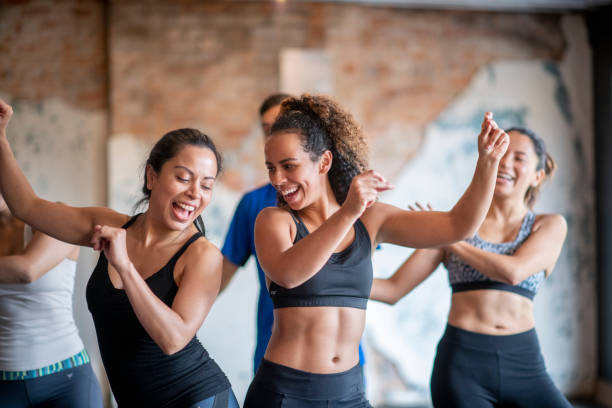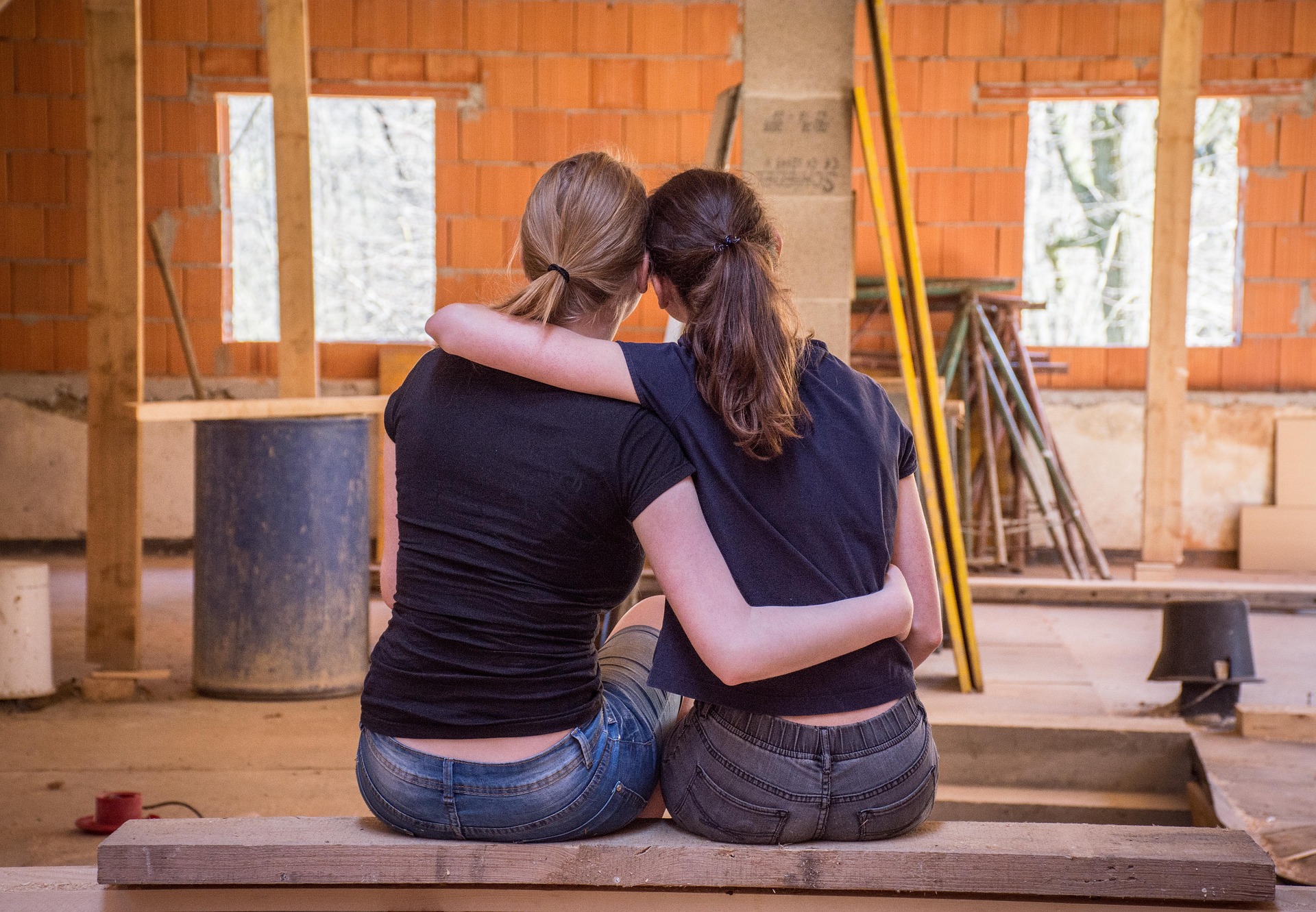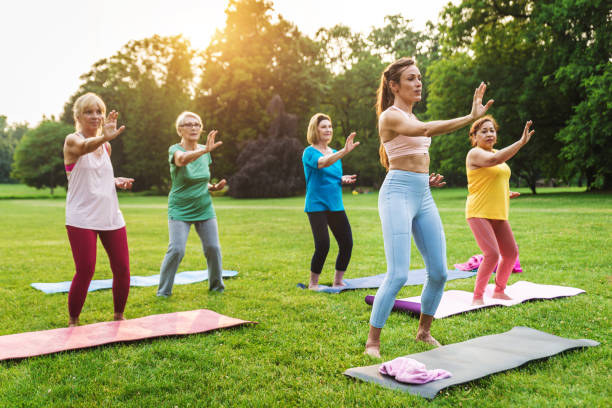Energetic Empowerment: The Transformative Power of Dance Fitness
Dance fitness is not a new concept. Its roots can be traced back to the 1970s, a time when aerobics was the fitness trend of the day. However, the traditional aerobics class underwent a vibrant transformation when it was infused with dance elements, creating a new fitness genre that has only grown in popularity over the decades.

The Evolution of Dance Fitness
The 1980s saw the rise of dance fitness classes, such as Jazzercise and Richard Simmons’ Sweatin’ to the Oldies. These programs combined high-energy music with choreographed dance routines, turning exercise into an exciting and enjoyable activity. The trend continued to evolve in the 1990s and early 2000s, with the introduction of Latin-inspired Zumba and hip-hop dance classes.
The past decade has seen dance fitness take on new forms, from ballet-inspired workouts like Barre to dance-based video games like Just Dance. The appeal of these programs lies in their ability to make fitness fun, engaging, and accessible to people of all ages and fitness levels.
The Current Landscape of Dance Fitness
Expert analysis suggests that the popularity of dance fitness is due to several factors. First, dance fitness classes offer a total body workout that combines aerobic exercise, strength training, and flexibility. Second, these classes are generally set to upbeat music, which boosts mood and motivation. Finally, dance fitness fosters a sense of community, as participants often form friendships with their classmates.
There has been a significant increase in the demand for dance fitness programs in recent years, particularly those that can be accessed online. This trend has been driven by the ongoing COVID-19 pandemic, which has forced many people to seek out home-based fitness solutions.
The Benefits of Dance Fitness
Dance fitness offers numerous physical and mental health benefits. Physically, it increases cardiovascular fitness, improves muscle tone and strength, enhances balance and coordination, and promotes weight loss. Mentally, it reduces stress, boosts mood, and improves self-esteem. Furthermore, it provides an enjoyable way to stay active and maintain a healthy lifestyle.
In terms of market relevance, dance fitness has a significant impact on the fitness industry. It attracts a diverse group of participants, from young adults to seniors, and its popularity has led to the development of a wide range of products, from dance fitness DVDs to online subscription services.
The Future of Dance Fitness
The future of dance fitness looks bright. As technology continues to advance, experts predict that virtual and augmented reality will play a significant role in the evolution of dance fitness. These technologies can provide immersive, interactive experiences that elevate the fun and excitement of dance fitness to new levels.
In conclusion, dance fitness has come a long way since its inception in the 1970s. It has transformed the fitness industry, offering a unique and enjoyable way to stay active and healthy. With its numerous benefits and wide appeal, it is unlikely that the popularity of dance fitness will wane anytime soon. Instead, it will continue to evolve and adapt, bringing joy and health to people worldwide.





